Results 7,181 to 7,190 of 12089
Thread: Anandtech News
-
07-25-17, 09:38 PM #7181
Anandtech: AMD Announces Q2 2017 Results: Ryzen Makes An Impact
This afternoon, AMD announced their second quarter results for their fiscal year 2017, and the news is promising. AMD still has some work to do in order to get back to profitability, but that work has been helped tremendously by successful product launches earlier this year. Ryzen has shown exciting potential, and a diverse and strong product lineup has helped AMD’s bottom line. For the second quarter, AMD’s revenue was up 19% year-over-year to $1.22 billion, and operating income was $25 million for the quarter. Net income was still in the red with a loss of $16 million, resulting in a loss per share of $0.02 on a GAAP basis. Gross margin was 33%, hovering right around that 35% range that AMD wants to hit for profitability.
AMD also releases Non-GAAP results which exclude results such as restructuring charges, debt fees, and stock based compensation. Sometimes Non-GAAP results can help you look at an underlying business when there is restructuring charges affecting results either positively or negatively, but in this quarter for AMD, the Non-GAAP results are almost exclusively the result of not factoring in stock-based compensation which amounted to $24 million. On a Non-GAAP basis, revenue for the quarter was the same $1.22 billion, but operating income is now $49 million, compared to just $3 million a year ago. Net income was $19 million, and earnings-per-share results in $0.02.AMD Q2 2017 Financial Results (GAAP) Q2'2017 Q1'2017 Q2'2016 Revenue $1220M $984M $1030M Gross Margin 33% 34% 31% Operating Income +$25M -$29M -$8M Net Income -$16M -$73M +$69M Earnings Per Share -$0.02 -$0.08 +$0.08
The year-over-year results may seem a bit skewed, since Q2 2016 was actually a profitable quarter for AMD, but that was due to a $150 million infusion of cash from a joint-venture with Nantong Fujitsu Microelectronics. This quarter doesn’t have any large cash deals involved, and AMD is very close to breaking even, with strong gains across its product line.AMD Q1 2017 Financial Results (Non-GAAP) Q2'2017 Q1'2017 Q2'2016 Revenue $1220M $984M $1030M Gross Margin 33% 34% 31% Operating Income +$49M -$6M +$3M Net Income +$19M -$38M -$40M Earnings Per Share +$0.02 -$0.04 -$0.05
The star of the show is undoubtedly Ryzen, and the Computing and Graphics segment had a very strong quarter, with revenues of $659 million, up 51% compared to Q2 last year. AMD attributes this jump to demand for graphics and Ryzen desktop processors. Operating income for the Computing and Graphics group was $7 million, compared to an $81 million loss last year, and much of that was driven due to higher average selling prices for its processors. Although AMD is not yet able to charge the premium of Intel, it can at least charge a lot more than it did for the last generation of CPUs.
Enterprise, Embedded, and Semi-Custom had a 5% drop in revenue, to $563 million, mostly due to a softening in semi-custom SoC sales. This segment is where AMD’s EPYC CPU line will impact though, so the next couple of quarters should be interesting to see here, with the launch of the Xbox One X, and EPYC.AMD Q2 2017 Computing and Graphics Q2'2017 Q1'2017 Q2'2016 Revenue $659M $593M $435M Operating Income +$7M -$15M -$81M
All Other had an operating loss of $24 million, compared with a loss of $11 million in Q2 2016, with this primarily being stock-based compensation, as well as a $7 million restructuring credit in Q2 2016 helping out that quarter.AMD Q2 2017 Enterprise, Embedded, and Semi-Custom Q2'2017 Q1'2017 Q2'2016 Revenue $563M $391M $592M Operating Income $42M $9M $84M
AMD has a lot to be excited about, and they’ve delivered a strong product in Ryzen already, which will branch out to enterprise with EPYC where the higher margins are. On the GPU side, Vega has launched as well with workstation graphics cards available now. Add in the custom SoC market that they’ve worked hard to establish, and the future seems just a little bit brighter than before. For Q3, AMD is expecting a 23% increase in revenue compared to this quarter, plus or minus 3%.
Source: AMD Investor Relations
More...
-
07-26-17, 04:21 PM #7182
Anandtech: AMD Releases Radeon Software Crimson ReLive Edition 17.7.2: ReLive Edition
It’s been roughly 7 months since AMD released the Crimson ReLive Edition update for Radeon Software, the latest entry in their annual cadence for major driver revisions and feature additions. Today’s launch sees AMD/RTG bring the sequentially and demurely named “Radeon Software Crimson ReLive Edition 17.7.2,” but for all intents and purposes 17.7.2 serves as a major feature revamp to the original Crimson ReLive Edition, as well as refinement of Radeon ReLive and Radeon Chill. In addition to performance optimizations and feature changes, 17.7.2 also introduces AMD’s new Enhanced Sync (comparable to NVIDIA’s Fast Sync and Adaptive V-Sync) and Radeon GPU Profiler, a low-level GCN hardware tracing developer tool.
More...
-
07-26-17, 06:47 PM #7183
Anandtech: USB 3.2 Update to Bring 20 Gbps Bandwidth: USB 3.1 Type-C Cables Compulsor
The USB 3.0 Promoters Group announced an update to the existing USB 3.1 standard in order to double the maximum possible bandwidth from 10 Gbps to 20 Gbps. This USB 3.2 specification is currently in the final draft review phase. USB 3.2 will remain backward compatible with existing USB devices.
The new specifications will retain the USB 3.1 physical layer data rates and encoding techniques. The doubling of bandwidth is achieved by going in for a two-channel operation (current USB 3.1 Gen 1/2 devices use only one 'super-speed' channel).The use of two channels is possible only if a certified USB 3.1 Type-C cable is used to connect the host and the device.
To understand this further, it is helpful to take a look at the layout of the pins in a Type-C connector.
In addition to USB transfers, the Type-C connector also supports 'alternate modes'. In these modes, the cable can carry Display Port, Thunderbolt, MHL, or HDMI signals. There are two high-speed channels in the Type-C specifications, (TX1+/TX1-, RX1+/RX1) and (TX2+/TX2-, RX2+/RX2-). USB 3.1 uses only one of these channels to achieve the required bandwidth, with the other channel (four pins) dedicated to the alternate mode signals. In some cases, if all high-speed channels are used for the alternate mode, USB transfers are restricted to using the legacy pins for USB 2.0 speeds. USB 3.2 will allow both channels (eight pins) to become available for USB transfers. Obviously, both host and client devices need to be updated to use both channels. Note that the usage of any alternate mode automatically negates the availability of the second channel between the host and the device for USB transfers.
Finally, a certified USB 3.1 Type-C cable is necessary between the USB 3.2 host and device in order to get the full performance benefits with dual lane operation. For passive cables, the USB 3.1 Gen 2 (10 Gbps) speeds are supported only if the length is 1m or shorter. The Type-C cable market is a mess, with many products in the market not carrying the proper certification, and the requisite logo (which is supposed to be in place only after the USB-IF testing process) not being prominent enough even in certified products. To make matters worse, most of the Type-C cables supplied with smartphones are limited to supporting USB 2.0 speeds only. So, consumers are advised to do proper research before purchasing Type-C cables for use with current USB 3.1 Gen 2 and future USB 3.2 systems.
The USB 3.2 update is consumer-friendly, since backwards compatibility is retained and there is no need for any new cables. Thunderbolt 3 also uses Type-C, and can go up to 40 Gbps. Its specifications are being opened up, and that makes future developments in the USB Type-C space worth keeping an eye on.
More...
-
07-26-17, 08:27 PM #7184
Anandtech: HTC Announces Snapdragon 835-Based VIVE VR Headset for Chinese Market
This morning at the ChinaJoy expo, HTC is announcing their first shipping VIVE standalone VR headset, specifically for the Chinese market. The aptly named VIVE Standalone is based on Qualcomm’s recently launched Snapdragon 835 SoC, and for the first time brings the Viveport store and its content to the Chinese market.
The HTC VIVE Standalone VR headset is a yet another device of this kind to be powered by Qualcomm’s Snapdragon 835 SoC, which is one of the highest-performing mobile processors available today. The VR headset does not require a PC or a smartphone, is completely standalone and will get content from the Viveport store in China. Since Google's Daydream content is not available in China due to national regulations barring Google's services, HTC had to design a separate headset for the country rather than to sell its Daydream-compatible VR hardware.
HTC is not disclosing much in the way of details about the specifications of the VIVE Standalone VR headset for China, but its design and some other factors indicate that the product has quite a lot in common with HTC's previously-announced Daydream VR-compatible headset. The dimensions of the product hint that we are dealing with a device featuring 5” though it's anyone's guess on whether the resolution is FHD or higher at this point. Finally, content developed for the HTC VIVE Standalone VR headset will be created using tools compatible with Qualcomm’s VR platform.
Meanwhile, for customers outside of China who will have access to Daydream content, HTC is also making it very clear that this headset has no bearing or impact on their previously announced standalone Daydream headset. That product is still being developed and will be released to the market later this year.
HTC did not specify pricing of its VIVE Standalone VR headset, but said that the device was designed to enable “a more affordable, yet high-quality VR experience”.
Related Reading:
- HTC Announces New Standalone VIVE VR Headset with Google Daydream Support
- HTC & Intel Partner on WiGig Wireless for VIVE VR Headset
More...
-
07-27-17, 08:46 AM #7185
Anandtech: The AMD Ryzen 3 1300X and Ryzen 3 1200 CPU Review: Zen on a Budget
AMD has always promised that Zen is a core suitable form entry level x86 computers all the way up to high-performance server parts. Within that scale so far, AMD has launched EPYC for servers, Ryzen 7 for high-end desktop and Ryzen 5 for mainstream consumers. All that is left is Threadripper for super-high-end desktops, coming in August, Zen paired with graphics, coming in Q3/Q4, and Ryzen 3 for entry level desktops, being launched today. The two entry level parts are quad core Zen CPUs, targeting the $109 to $129 boundary and offering four full x86 cores for the same price Intel offers two cores with hyperthreading.
More...
-
07-27-17, 08:46 AM #7186
Anandtech: Toshiba Announces TR200 Retail SATA SSDs With 3D NAND
Toshiba has announced their first retail SSDs to use 3D NAND. The new TR200 series will use Toshiba's 64-layer BiCS3 3D TLC NAND, the first generation of their 3D NAND flash technology to be suitable for mainstream mass-market use. The TR200 series is the successor to the OCZ Trion 100 and Trion 150 SSDs, the latter of which was renamed TR150 when Toshiba began assimilating the OCZ brand identity. The TR200 series will not bear the OCZ name, but Toshiba is not completely abandoning the OCZ brand.
Where the previous Trion/TR series SSDs served as Toshiba's entry-level SATA offering and split the market with their MLC-based Vector/VT 180 and VX500, the TR200 will be Toshiba's only retail SATA SSD for this generation. As with most other SSD vendors, Toshiba is no longer using MLC for new mainstream consumer SSDs based on 3D NAND flash. Unusually, Toshiba's TR200 will feature a DRAM-less controller design, which typically restricts the performance to only be competitive in the entry-level segment of the SATA market. The controller may be a descendant of the Toshiba controller used in the OCZ VX500, updated to support TLC and larger capacities. However, it's possible that like previous generations of the TR series, the TR200 is using a re-badged Phison controller—Phison's S11 this time instead of the S10 used in the earlier generations. The ultra-low-end and low-capacity TL100 that was introduced last year is also not getting a direct successor.
Toshiba's OCZ VX500 high-end SATA SSD isn't getting a direct successor based on 3D NAND, but it is not being retired yet either. It remains to be seen whether Toshiba will introduce a NVMe SSD using 3D MLC, but their most likely strategy will be a retail version of the OEM-only XG5 NVMe SSD with 3D TLC. The XG5 is the successor for both the TLC-based XG4 and the MLC-based XG3 whose retail counterpart was the OCZ RD400.
The TR200 carries the same three-year warranty and write endurance ratings as its predecessor. Performance specifications have only changed slightly, with the most significant difference being substantially improved random write performance. Pricing has not yet been announced. The TR200 series will start shipping to retailers this fall. It will compete against Western Digital's SATA SSDs using the same BiCS3 3D TLC NAND, the new WD Blue and SanDisk Ultra 3D. Intel's SSD 545s is already available. Most other SSD vendors can also be expected to soon announce new products featuring 64-layer 3D NAND to ship late this year.Toshiba SATA SSD Specifications TR200 TR150 VX500 Capacities 240-960GB 120-960GB 128-1024GB NAND Flash 64-layer 3D TLC 15nm TLC 15nm MLC Sequential Read 550MB/s 550MB/s 550MB/s Sequential Write 525MB/s 530MB/s 515MB/s 4KB Random Read 80k IOPS 90k IOPS 92k IOPS 4KB Random Write 87k IOPS 64k IOPS 65k IOPS Endurance 60-240 TB 30-240TB 74-592TB Warranty Three years Three years Five Years
More...
-
07-27-17, 10:30 AM #7187
Anandtech: EagleTree and Partners Acquire Majority Stake in Corsair for $525 Million
EagleTree Capital, the Investment Management Corp. of Ontario (IMCO), and the Honeywell pension fund on Wednesday announced that they had reached an agreement to acquire a majority stake in Corsair. Andy Paul, founder and CEO of Corsair, will continue to serve as the head of the company. Corsair expects to use investments from EagleTree and its partners to fund development of new technologies and products.
Corsair was founded in 1994 and initially focused on high performance memory modules. Since its establishment more than 20 years ago, Corsair has expanded its product lineup considerably to computer cases, NAND flash-based products, coolers, keyboards, mice, PSUs and even actual gaming PCs. All these expansions require a lot of money and back in 2013 Corsair received $75 million in strategic investments from Francisco Partners.
Further growth and increased competition from companies like Razer and other brands require additional investments and Corsair got them from EagleTree, IMCO, and Honewell. The three investors will buy a majority stake in Corsair from Francisco Partners and several minority shareholders for $525 million. Since the deal is conducted between private equities, they are not disclosing how much money will be paid to Francisco Partners and how much will go into Corsair's coffers for investment into the development of new products.
“We are excited about the opportunity to partner with EagleTree and leverage the team’s consumer products expertise to further accelerate our progress,” said Andy Paul, founder and CEO of Corsair. “EagleTree’s backing will allow us to continue to focus first and foremost on our loyal and passionate customers and accelerate our investment in innovation and new technology and products to enhance the quality experience that enthusiasts and gamers have come to expect from us.”
Under the terms of the agreement with EagleTree and its partners, Andy Paul and other managers of the company will continue to control a significant stake in Corsair. Moreover, they will also continue to serve at the company and therefore Corsairs’ strategy will generally remain the same. In particular, the company considers its PC business a significant growth opportunity and will therefore likely continue to invest in it.
Razer, which is one of the rivals of Corsair, recently disclosed plans to raise around $600 million in Hong Kong IPO in a bid to enable further growth. With money from EagleTree and its partners, Corsair will have similar investment opportunities going forward.
Related Reading:
- Razer Files for IPO in Hong Kong to Raise $600 Million
- Corsair Unveils T1 RACE Gaming Chair: Five Colors, $350
- Corsair Launches Glaive RGB Mouse: 16,000 DPI, Interchangeable Grips, LEDs
- Corsair Vengeance RGB DDR4 Memory Modules with LEDs Now on Sale
- CORSAIR ONE Gaming PC Released
- Corsair’s Bulldog 2.0 Gets Kaby Lake-Compatible Z270 Motherboard, New Cooler
- Corsair Releases Force MP500 SSDs: 3 GB/s, Phison PS5007-E7, MLC NAND
More...
-
07-27-17, 01:05 PM #7188
Anandtech: EVGA Introduces the GTX 1080 Ti K|NGP|N Edition Video Card
Since the release of NVIDIA's Pascal architecture, specifically the fully enabled Geforce GTX 1080 Ti, many enthusiasts have been eagerly awaiting card partners' flagship parts built off the big silicon. After a couple of months, we saw the ASUS ROG Poseidon 1080 Ti, AORUS Extreme Edition, and most recently, the MSI Lightning hit store shelves. Missing from that group was EVGA’s K|NGP|IN which was formally introduced earlier this week.
The K|NGP|N (KPE) version is, by all accounts, a video card engineered to be overclocked. The EVGA website boldly proclaims it is, “Designed to be the best Overclocking Geforce GTX 1080 Ti”. In fact, the KPE GPU is guaranteed by EVGA to reach 2025 MHz+ overclock (tested using Unigine Heaven 4.0 Extreme at room temperatures). In their release video, product manager Jacob Freeman said they expect most to overclock even further. While the overclocked clock speeds are within reach to other cards, it certainly isn't for all. It appears some binning went into choosing the stock for the KPE in order to stand behind that guarantee.
The KPE also has three BIOSes on the card (normal, overclocked, and LN2), which can be toggled via a switch on top of the card. The OC and LN2 BIOSs are said to allow for more flexibility with the power target among other tweaks. Near to where that switch is located, there is another point for connectivity for an upcoming accessory and access to additional features.
EVGA uses two 8-pin PCIe connectors to deliver power to an all-digital, 14 phase VRM. Atypically, these connectors are located on the bottom right edge of the board, along with the EVbot connector and USB connector to attach directly to the motherboard.
In order to keep the card running cool, EVGA includes its iCX Technology on the KPE, which uses an additional 9 thermal sensors – for a total of 11 – in critical locations on the PCB (x5 on the VRMs, x3 for the vRAM, and another sensor on the GPU itself). The additional data these sensors provide allow the independent fans to speed up and cool the video card where it’s needed, while the other fan(s) spin slower.
Even with the copper coated heat sinks and fans, this is a true dual-slot card. It can also be a single slot solution if the heat sink is removed and adding a Hydro Copper waterblock and using the included single slot bracket. The backplate is not only there for aesthetic and structural reasons; it also makes contact with key areas of the PCB, for example behind the VRMs, in order to help with cooling.
The low level specifications on the 1080 Ti K|NGP|N Edition remain the same as other GP102 based cards in reference to ROPs (88), TMUs (224), and CUDA Cores (3584), only the clockspeeds will be different on that front. The 100 Mhz base clock bump over reference leading the pack out of the box, but the card is meant to be overclocked considering its clock speed guarantee.
Price and availability were not available at the time of publication.EVGA Geforce GTX 1080 Ti K|NGP|N Specifications GTX 1080 Ti K|NGP|N Base Clock 1582 MHz Boost Clock 1695 MHz Memory Clock 11016 MHz Effective VRAM 11GB GDDRX5 (352-bit) TDP 250W Outputs 1x HDMI 2.0b, 1x DL-DVI, 3x Mini-DisplayPort 1.4 Power Connectors 2 x 8-Pin Dimensions (L x H) 11.8"(299.7mm) x 5.61" (142.6mm) - Dual Slot Cooler Type Copper-coated Heat sink w/ 3x Fans Price/Availability TBA
Related Reading:- The NVIDIA Geforce GTX 1080 Ti Founder's Edition Review
- Gigabyte Announces AORUS Geforce GTX 1080 Ti Waterforce Xtreme Edition 11G and Waterforce WB Xtreme Edition 11G
More...
-
07-27-17, 04:52 PM #7189
Anandtech: Silicon Power Launches Mobile C50 USB Drive with USB Type-A, Micro-B and T
This week Silicon Power has announced a rather unique series of USB flash drives. Dubbed the Mobile C50, the Swiss army knife-type USB flash drive is a 3-in-1 drive that features all three major types of USB connectors, and as a result can be used with virtually all USB host devices from PCs to smartphones. The drives come with up to 128 GB capacity along with additional software to make them further compatible with mobile devices.
The Silicon Power Mobile C50 flash drives feature 32 GB, 64 GB and 128 GB configurations and are equipped with USB Type-A, USB Micro-B, and USB Type-C connectors. Meanwhile the interesting construction of the drives is designed to protect the connectors from damage: the Micro-B connector is sheltered by the Type-A connector, whereas the Type-C connector is protected by a rubber cap (specified to be snapped open over 10,000 times). Along those lines, the drives are also built to protect against dust, water as well as vibration and can operate at temperatures between 0°C and 70°C.
When it comes to performance, Silicon Power only says that the USB Type-A and the USB Type-C connectors enable up to 5 Gbps data transfer rate (USB 3.0), whereas the USB Micro-B connector is a 2.0 style connector, and consequently can transfer data only at up to 480 Mbps. With PC host compatibility a given, mobile compatibility is a bit trickier, and for that reason Silicon Power also ships their SP File Explorer App (for Android mobile devices) with the devices.
Silicon Power will start selling the new 3-in-1 SP Mobile C50 USB flash drives in the coming weeks. The storage devices will be covered by a five-year limited warranty.Silicon Power Mobile C50 Flash Drives SP032GBUC3C50V1K SP064GBUC3C50V1K SP128GBUC3C50V1K Capacity 32 GB 64 GB 128 GB Type of NAND Unknown Maximum Transfer Rate USB Type-A and the USB Type-C: up to 5 Gbps
USB Micro-B: up to 480 MbpsMaterial TPU Dimensions 41.7 x 7.0 x 15.0 mm Weight 5.2 grams Operating Temperature 0°C to +70°C Warranty Five Years
Related Reading:
- Lexar Launches 'JumpDrive Tough' USB Drives up to 128GB: Focusing on Physical Endurance
- Kingston Launches DataTraveler Ultimate GT USB Flash Drive with 2 TB Capacity
- Corsair Flash Voyager GS USB 3.0 512GB Flash Drive Capsule Review
- Patriot Supersonic Rage 2 USB 3.0 256GB Flash Drive Capsule Review
- SanDisk Unveils New Generation of USB Type-C Flash Drives
- USB Flash Drives - Power Consumption Measurement using Plugable's USBC-TKEY
- Mushkin Impact 256GB and Atom 128GB USB Flash Drives Capsule Review
More...
-
07-27-17, 08:18 PM #7190
Anandtech: Apple Discontinues iPod Nano and iPod Shuffle
Apple has discontinued its iPod Nano and iPod Shuffle personal media players. The only iPod that remains in Apple’s fleet is the iPod Touch, which is based on the iOS device hardware and software stacks. At present, Apple’s iPod Nano and iPod Shuffle are still available from retailers like BestBuy, but EOL of the outdated iPods once again signals that MP3 players are essentially a dead product category.
Apple launched its first iPod in late 2001 and the player quickly gained popularity among users of Apple’s Mac computers. Initially, Steve Jobs did not want iPod to be compatible with Windows-based PCs as he considered the player to be an important selling point for the Mac platform as back then MP3 players from other makers were not sophisticated or user friendly. Moreover, in the lack of smartphones in Apple’s arsenal, iPod and iTunes (launched in early 2003) were in the center of its personal digital media strategy of the company.
Other executives at Apple persuaded the CEO to make iPod and iTunes compatible with Windows in 2004 and this is when sales of the music player started to grow rapidly. Several years later, the iPod became Apple’s most successful product ever and brought the company billions of dollars. Over time, many third-party accessories were developed for iPods, creating an industry around one product. Besides, Apple’s iPod players were among of the most desired Christmas gifts in the U.S. in the second half of 2000s.
Throughout its more than 15-year history, Apple’s iPod has changed its form-factor multiple times and switched hardware platforms for a dozen of times. For example, Apple’s initial iPods used miniature HDDs (including HGST’s and Seagate’s 1” hard drives in the iPod Mini), but eventually all of them switched to NAND flash memory. With iPod Touch, the players obtained hardware found in iPhones and started to use iOS.
As sales of Apple’s iPhones increased, shipments of the company’s iPods declined because people now use smartphones to watch videos and listen to music. As a result, the company began to phase out the iPod. At first, Apple discontinued the iPad Classic player in 2014. This week, the company EOLed its iPod Nano, iPod Shuffle, as well as iPod Touch with 16 GB and 64 GB of memory. The only iPods left are the iPod Touch models with 32 GB and 128 GB of storage.
The discontinued iPod Nano and iPod Shuffle were released on 2012 and 2010, respectively. Moreover, the existing iPod Touch was launched in mid-2015. Officially, Apple claims that the discontinuance of the outdated iPods is a way to simplify the product family. On the other hand, due to dropping sales of personal media players (the company has not reported sales of players for years), it may simply make no sense for Apple to keep the cheap and unpopular models in the lineup.
"Today, we are simplifying our iPod lineup with two models of iPod Touch, now with double the capacity, starting at just $199, and we are discontinuing the iPod Shuffle and iPod Nano," a statement by Apple reads.
Related Reading:
- Hands on with iPod Touch 5th Gen, iPod Nano 7th Gen, and EarPods
- Apple Introduces New 8-pin Dock Connector, Dubs It Lightning
- The Apple Watch Series 2 Review: Building Towards Maturity
- Hands On with the iPhone 7 and 7 Plus
Sources: The Verge, Business Insider.
More...
Thread Information
Users Browsing this Thread
There are currently 16 users browsing this thread. (0 members and 16 guests)






 Quote
Quote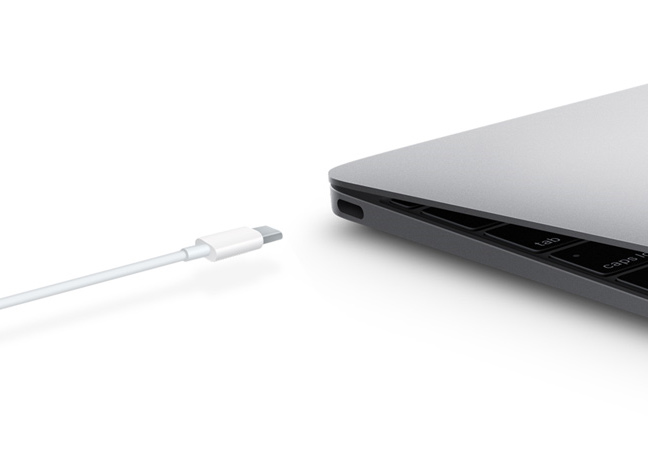
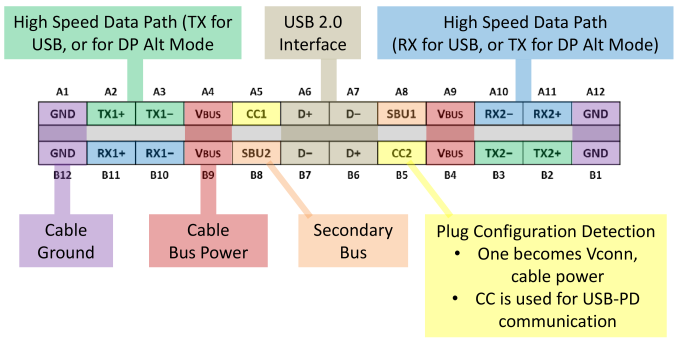
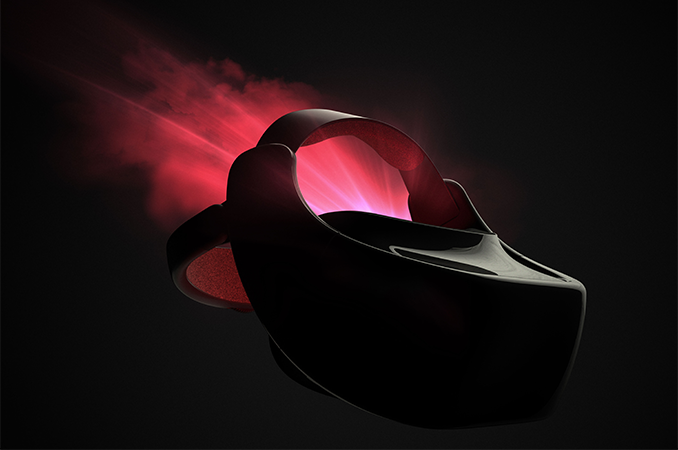
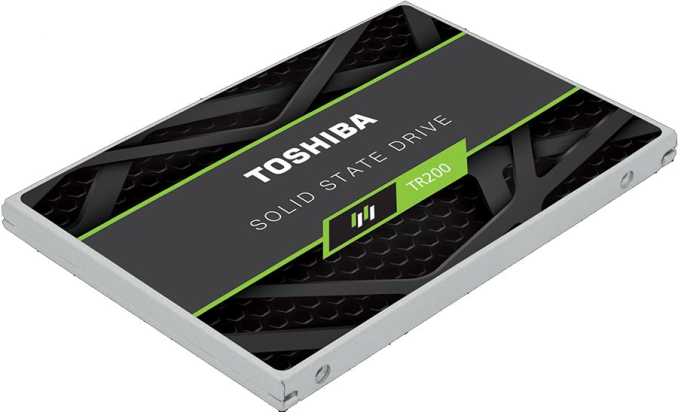

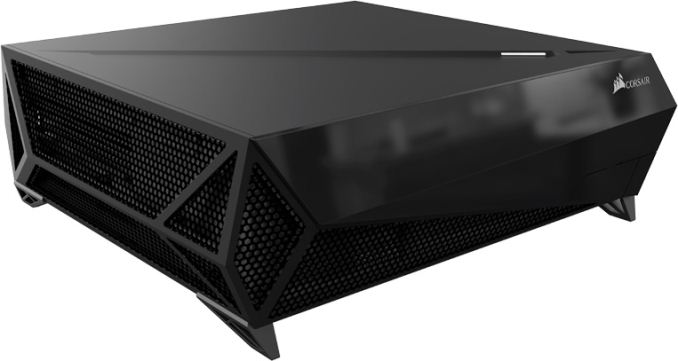
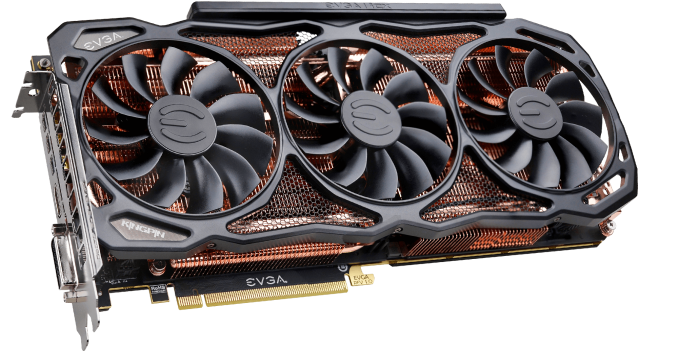
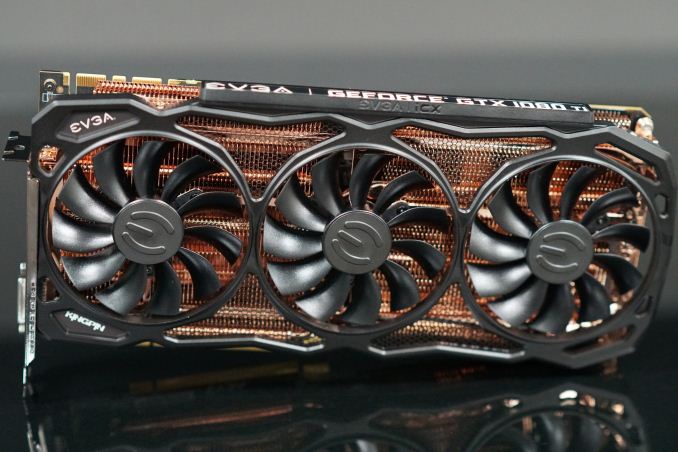
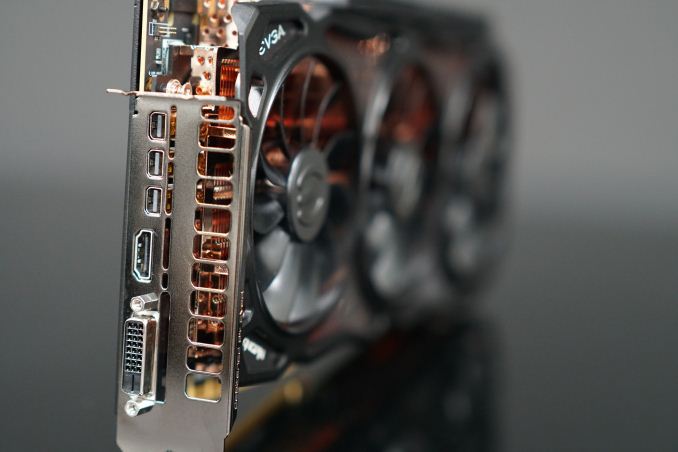
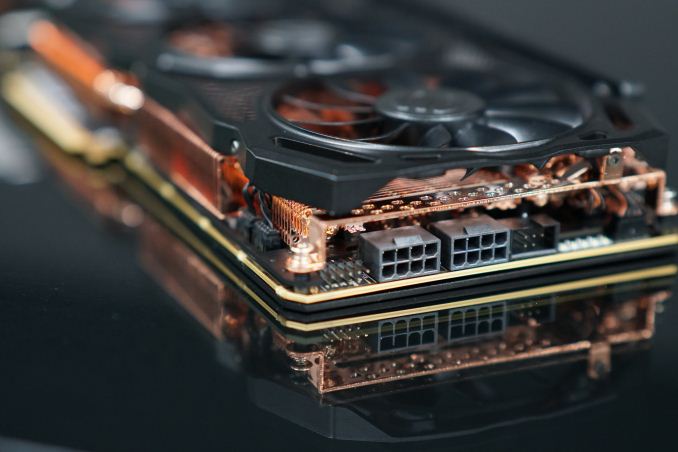
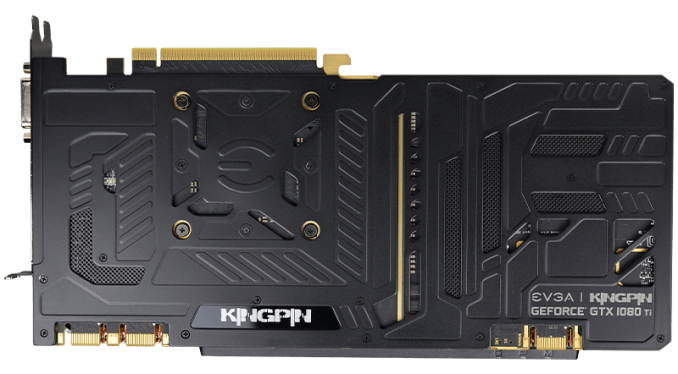
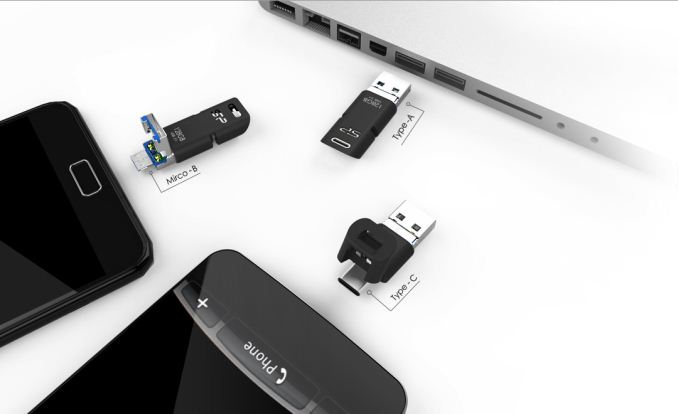
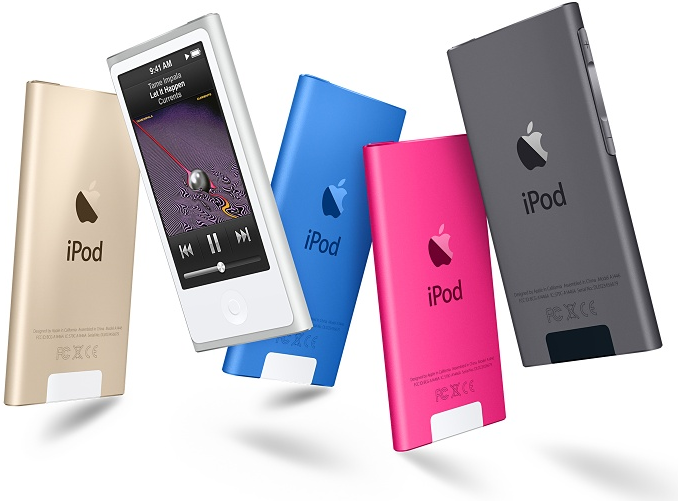

















Bookmarks